Green-on-green sprayer competes with Blue River and Bilberry
One distinguishing feature of the new agriculture is the rapid development of new technologies. Ideas move from concept to implementation at record pace, helped by an influx of talent and capital into this profitable sector.
Greeneye Technology is an example of this pace. Founded by entrepreneurs who met in the Israeli armed forces, they developed a software platform that identified crops, weeds, and other objects in agricultural fields from drone imagery. They recognized the opportunity to transition their software to a sprayer platform, and in 2017 decided to join the race, most notably competing with Blue River, Bilberry, Carbon Bee, and Xarvio, to create a green-on green spot sprayer.
Greeneye, in an amazing display of efficiency and speed, has been a commercial product for approximately one year in the US and has sold several units in Nebraska, Minnesota and Oklahoma, and next year will expand to North and South Dakota, Iowa, Illinois, Kansas and Texas. Having consulted for the company in its early years, I paid a visit to Peterson Farms Seed near Fargo, ND in early July 2023 to see the sprayer first hand at a field demo. By the way, kudos to PFS for bringing this technology to their customers to see. Have to love a business so committed to the cutting edge.
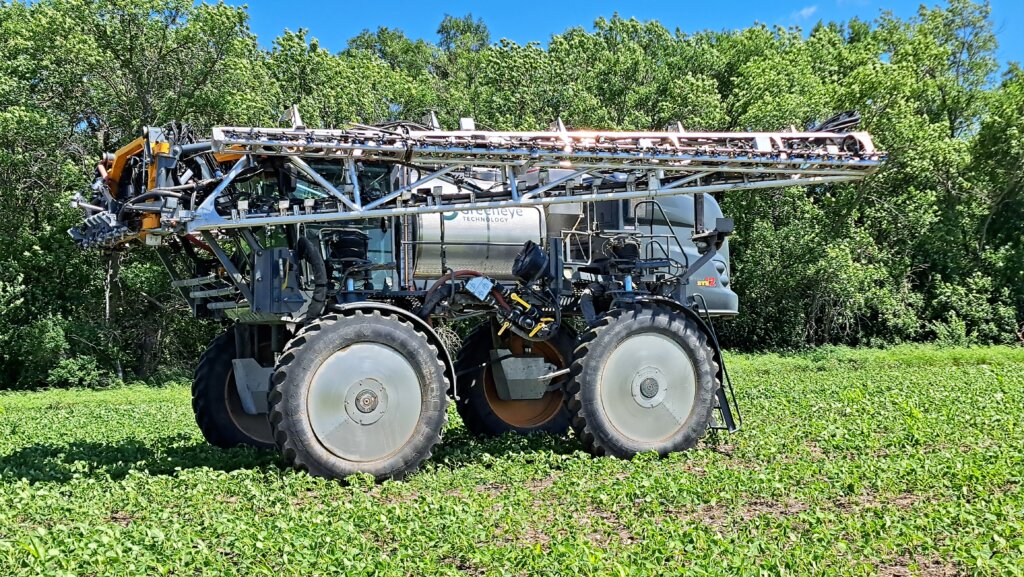
Figure 1: The Greeneye system was mounted on a Hagie STS 12 sprayer.
The Greeneye system was mounted on a Hagie STS 12 sprayer (1200 US gallon tank) with a custom 120’ boom manufactured for Greeneye by Millenium. Recognizing the agronomic need to broadcast pre-emergence herbicides along with a post-emergent spray, they company retained the existing plumbing system (tank, pump, wet boom) for this purpose. They added a smaller spot spray tank (240 gallons) with its own pump and wet boom for spot spraying.
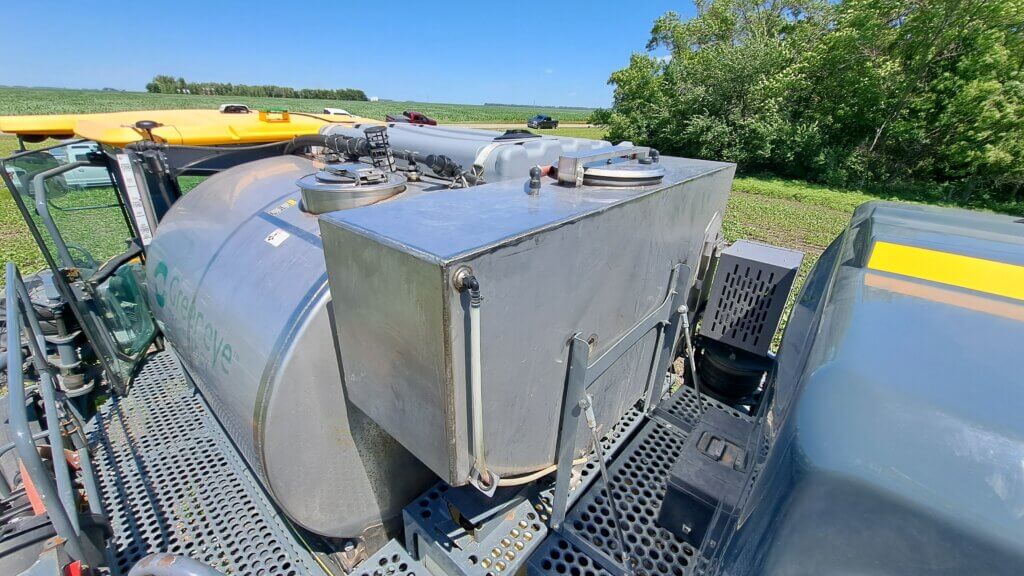
Figure 2: A smaller spot spray tank was added to the Hagie. If necessary, spray mix can be pumped from the larger tank to this smaller tank.
This approach permits the flexibility of broadcasting a pre-emergent herbicide during burnoff alongside a post spot spray on emerged weeds. The agronomist in me likes this a lot. Broadcast pre-emergent herbicides are an important part of resistance management, particularly in the US.
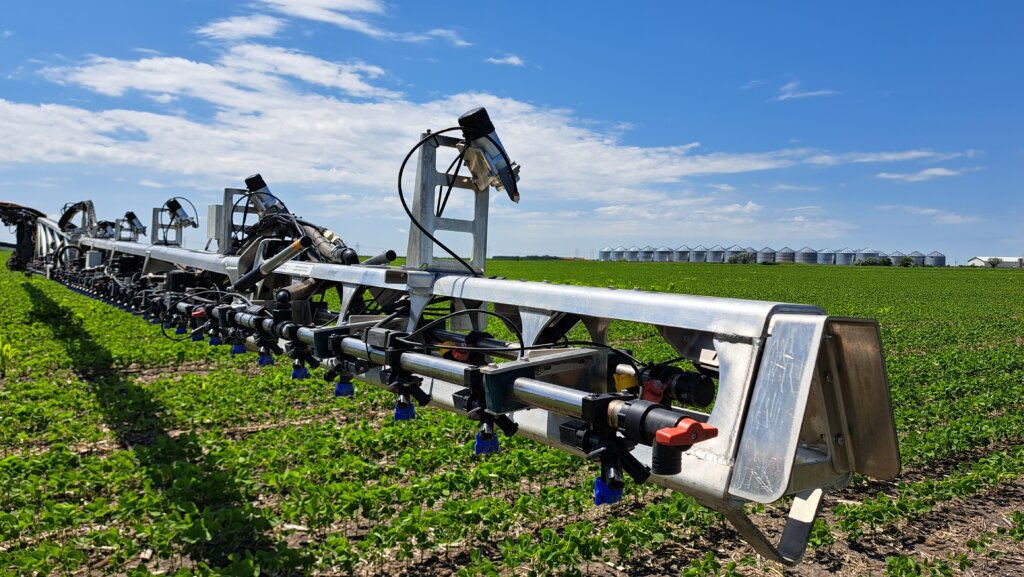
Figure 3: The second (spot spray) boom is mounted behind the factory wet boom.
The new wet boom has a nozzle spacing of 10”, is fitted with three-nozzle-turret TeeJet bodies. The 10″ spacing allows for higher resolution of the spot spray, increasing potential savings compared to a 20″ spacing.
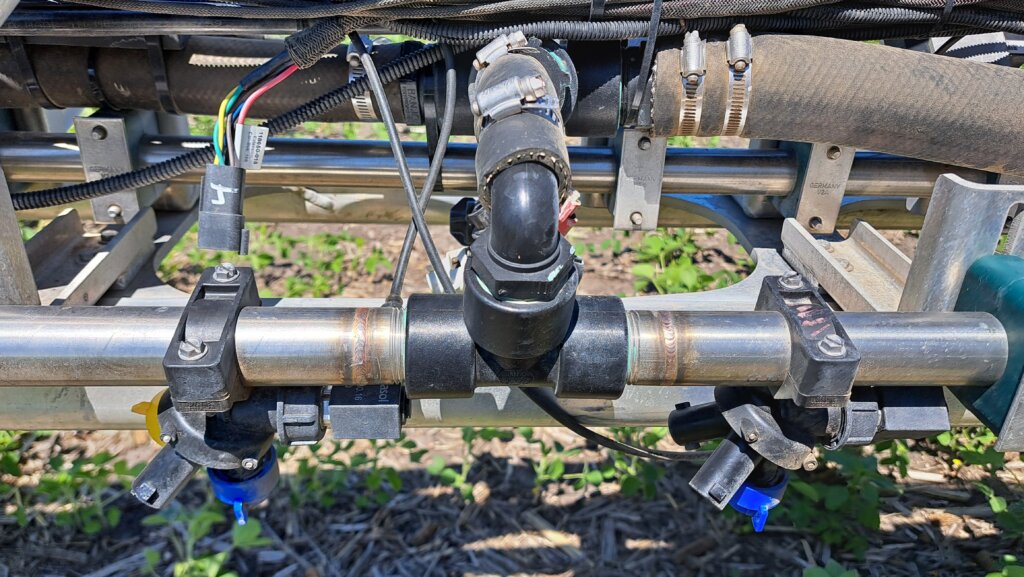
Figure 4: The spot spray nozzles are mounted at 10″ (25 cm) spacing.
The spray was metered through custom-made TeeJet DG4003 tips using Gevasol solenoids running at a speed-dependent frequency, maximally 100 Hz, with turn compensation.
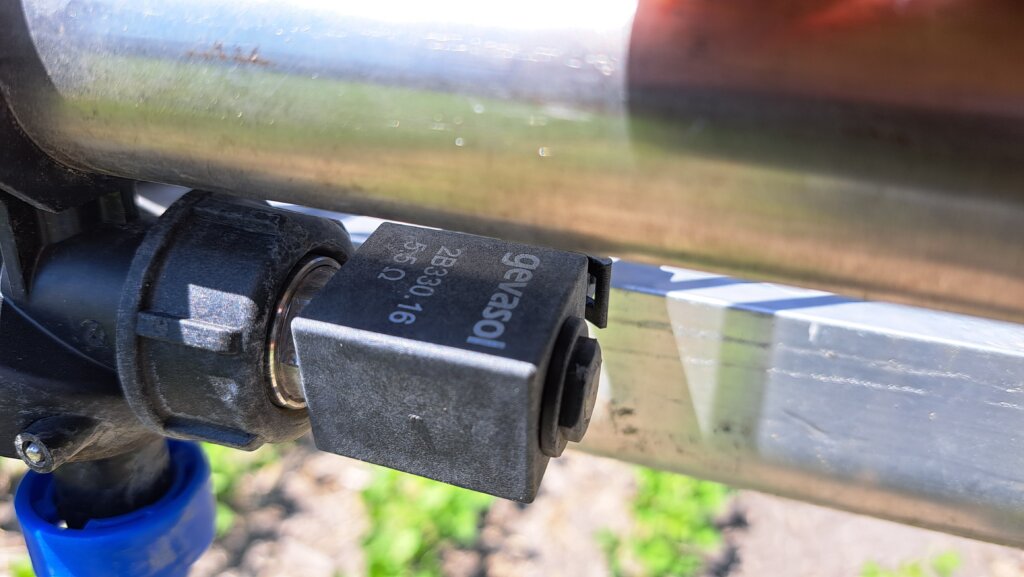
Figure 5: Solenoids activate the spray when a weed is detected in that nozzle’s lane.
DG Nozzles use a pre-orifice to meter the flow at the rated amount, with an exit orifice slightly larger. This creates a pressure drop, resulting in a lower drift spray.
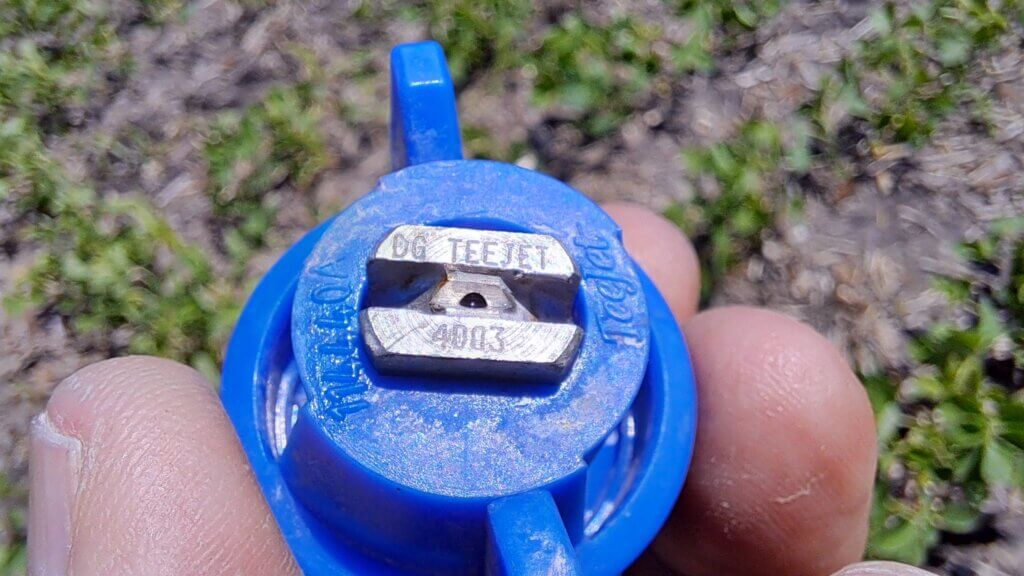
Figure 6: These Drift Guard nozzles are custom-made for Greeneye by TeeJet.
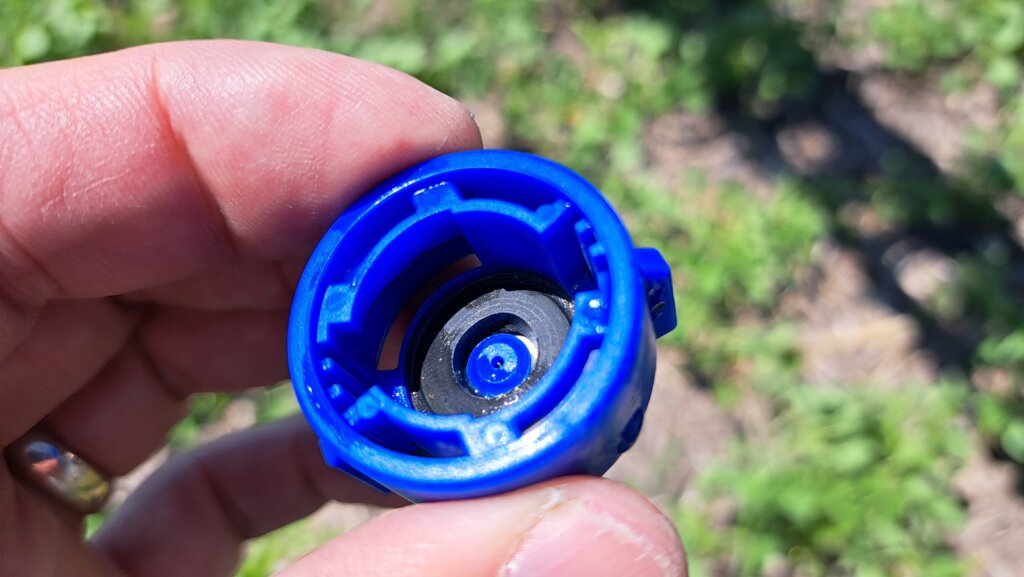
Figure 7: The blue DG pre-orifice meters the flow at 0.3 US gpm at 40 psi.
Looking at the spray quality and coverage on water-sensitive paper I thought the deposit looked just right. Spot sprays shouldn’t be too fine for risk of displacement from their intended band. We’re not seeing bundled nozzles with other spot spray systems, who leave nozzle selection to the operator. That can pose difficulties and possibly forfeit either weed control or savings.
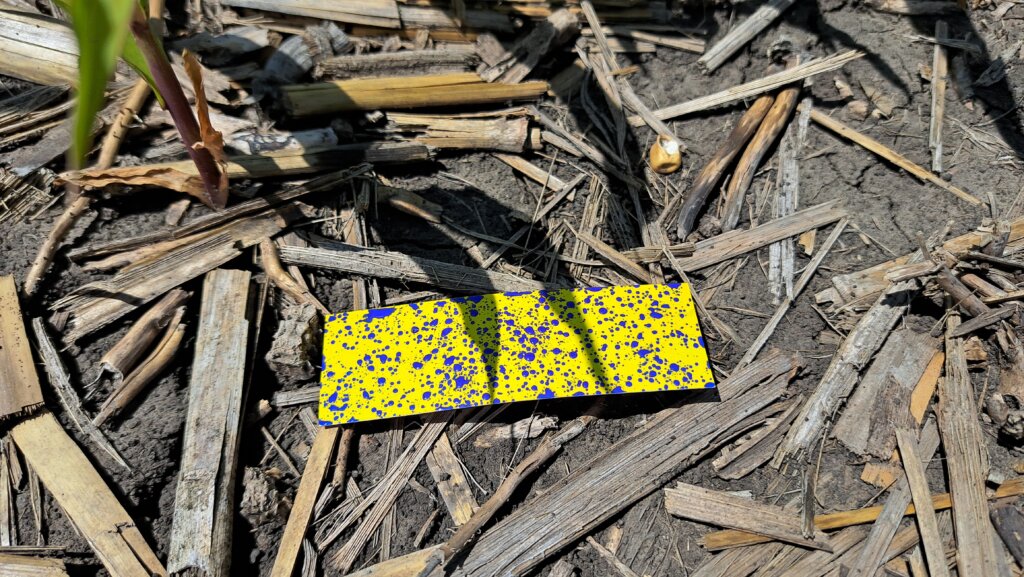
Figure 8: The spray deposit shows adequate coverage and a good droplet size distribution for good placement accuracy.
Sectional control retains the plumbed resolution at this time, although nozzle-by nozzle resolution is in the pipeline. Cameras are mounted at 1.5 m intervals and can run up to 50 fps. Camera resolution is proprietary, but the company claims that weeds as small as ¼” diameter can be detected. In its current configuration, weed diameters of 1” are detected, leaving smaller weeds for the pre-emergent products. LED lights flash to illuminate the camera field of view, improving image consistency and permitting the system to run at night. The Greeneye system analyzes a captured image just once to make a spray decision, and does not use segmentation in its algorithm.
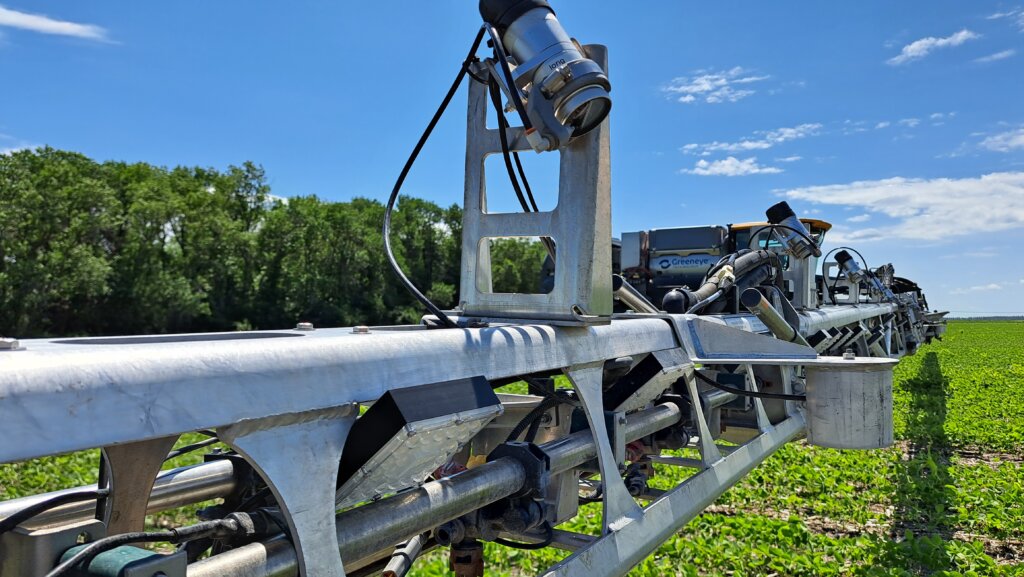
Figure 9: The camera and lights look ahead to provide the necessary time for the on-board computer to make the required calculations that determines the plant’s identity. Note the aspirated lens cleaner.
Like its competitors, the user can select from individual nozzle activation or, in “windy mode”, the addition of the adjacent two nozzles to create a three nozzle broadcast. The length of the band is automatically selected by the software, with no user input available. Sensitivity adjustments are currently by request to the factory, but will be available for operator control in 2024.
Greeneye provides its own cab monitor that works with the sprayer monitor on sectional control. The Greeneye monitor keeps track of the spray volume usage and provides an ongoing report to the operator.
The software is able to report back whether a detection was a grassy or broadleaf weed, a powerful piece of information for keeping track of weed patches and monitoring for emerging problems. Weed maps are already being produced as a proprietary tool, and will be generally available in 2024.
New Greeneye customers have their sprayer picked up at the yard and transported to Greeneye facility where the new boom, tank, and digital components are installed. The customer receives the converted sprayer, calibrated and ready to go.
In my judgement, the install was clean and tidy. Camera mounts are welded on, and an air jet can be used to keep the lenses dust free. Brackets for the GPU and other control boxes are unobtrusive, although the wiring does get a bit crowded in places. Everything is accessible.
Cost is $239,000 US at time of printing (July 2023). This gets the customer a Greeneye system for a 120 foot boom, a brand new aluminum boom, retrofit of the sprayer to dual tank, installation and warranty. Return on Investment (ROI) for a spot sprayer will depend on farm size and herbicide use. Based on observed savings to date, Greeneye estimates that for a farm larger than 3,000 acres the ROI would typically be less than 2 years.
Greeneye does not charge subscription fees for its algorithms. This last aspect is interesting as John Deere and Bilberry both charge for use of their algorithms on a per acre basis. John Deere, for example, charges $3/acre US for corn, and $4/acre for soybeans and cotton, each time you make a spot spray pass with See & Spray Ultimate.
Available Greeneye algorithms are for Green-on-Brown, and Green-on-Green in corn and soybeans as of July 2023. Cotton and milo will be available in 2024, and Greeneye is working on canola and wheat as well. Like Bilberry, they capture images from the cameras for use in algorithm learning, and accuracy and hit rate should be improving with time. Travel speeds of 15 mph are working well according to Greeneye.
As for performance, the proof will be in the pudding. The company in its wisdom did commission an independent evaluation at the University of Nebraska, Lincoln, and has made a summary of the university report available on its website. According to UNL, broadleaf weed control in corn with the spot sprayer was equivalent to the broadcast treatment, and grassy weed control was slightly less effective. UNL researchers noted herbicide crop injury (“Status”, dicamba + diflufenzopyr) was reduced with the spot spray. Of course, savings will be a function of weed density and the detection threshold chosen by the operator, but the addition of reduced crop injury resulting in greater yields could also be very valuable.
A recent investor and business partner is Farmers Business Network (FBN). FBN sees the opportunity for a spot sprayer to act as a scouting platform that helps evaluate the success of new pest management strategies.
Support on the ground is in the form of US staff with backgrounds in the spraying industry. Software development and digital troubleshooting remains in Israel.
Although I no longer have business links to Greeneye, I was happy to see this sprayer operating as well as it did. I remain convinced that spot sprays will be an essential part of our spraying future, for sustainability and resistance reasons. It is heartening to see these early successes and it will be interesting to see them continue to evolve.